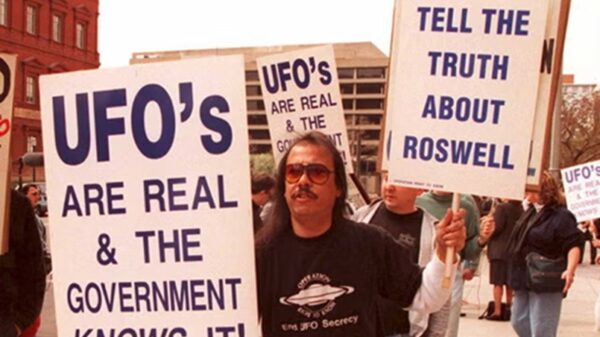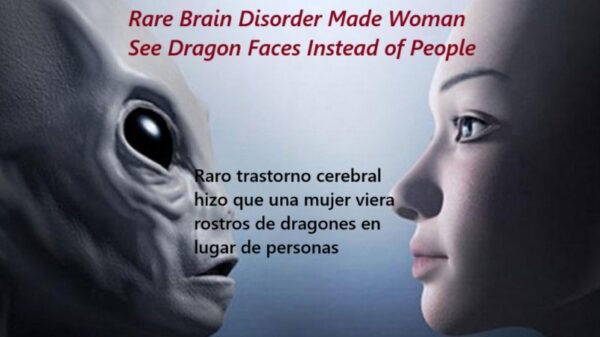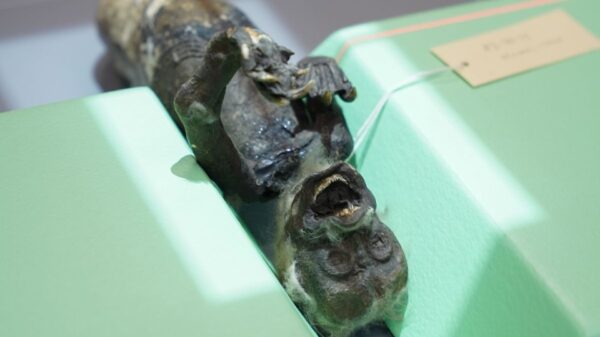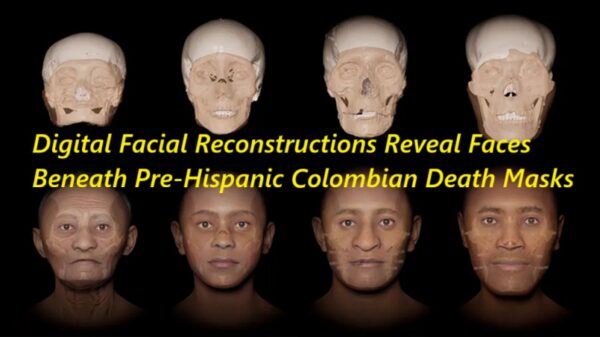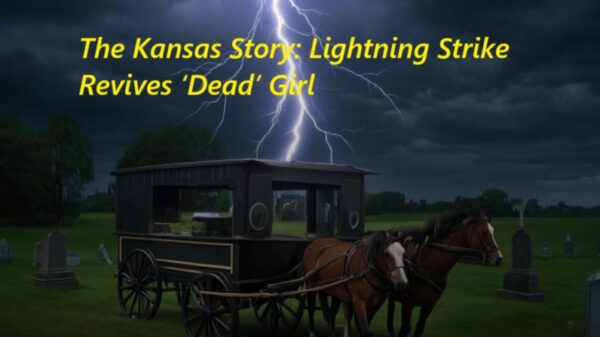Why Do Some People Get “Chemo Curls” After Cancer Treatment?
When people go through chemotherapy, one of the hardest side effects can be hair loss. Hair is deeply tied to how we see ourselves, so losing it feels very personal. The good news is that, in most cases, hair grows back once treatment ends. But many people notice that it looks different at first — often wavier or curlier than before. Doctors call this effect “chemo curls.”
Why does this happen?
Hair grows from follicles under the skin. The shape of each follicle determines whether hair is straight, wavy, or curly. Chemotherapy targets rapidly dividing cells — and because hair follicles are among the fastest-growing cells in the body, they are heavily affected.
During treatment, follicles go into a kind of “stress response.” They stop growing hair, which is why it falls out. When treatment ends, the follicles restart, but sometimes they’ve been slightly changed in shape. A round follicle that once made straight hair might grow back a little flattened, producing curls or waves instead.
Other changes
Chemotherapy and its effect on hormones can also change hair thickness, color, or texture. Some people notice their hair becomes thinner, darker, lighter, or even grows back with a different feel.
These changes are usually temporary. Within about a year, most people’s hair gradually returns to its original form, though for some it may stay different.
Can anything help?
Doctors recommend being gentle with regrowing hair. Avoid dyeing, straightening, or chemical treatments at first, since new strands are more fragile. Eating well and keeping good overall health helps nourish hair as it recovers.
Although the waiting period can be tough, the body is remarkably resilient. Given time, hair almost always recovers after chemotherapy.



